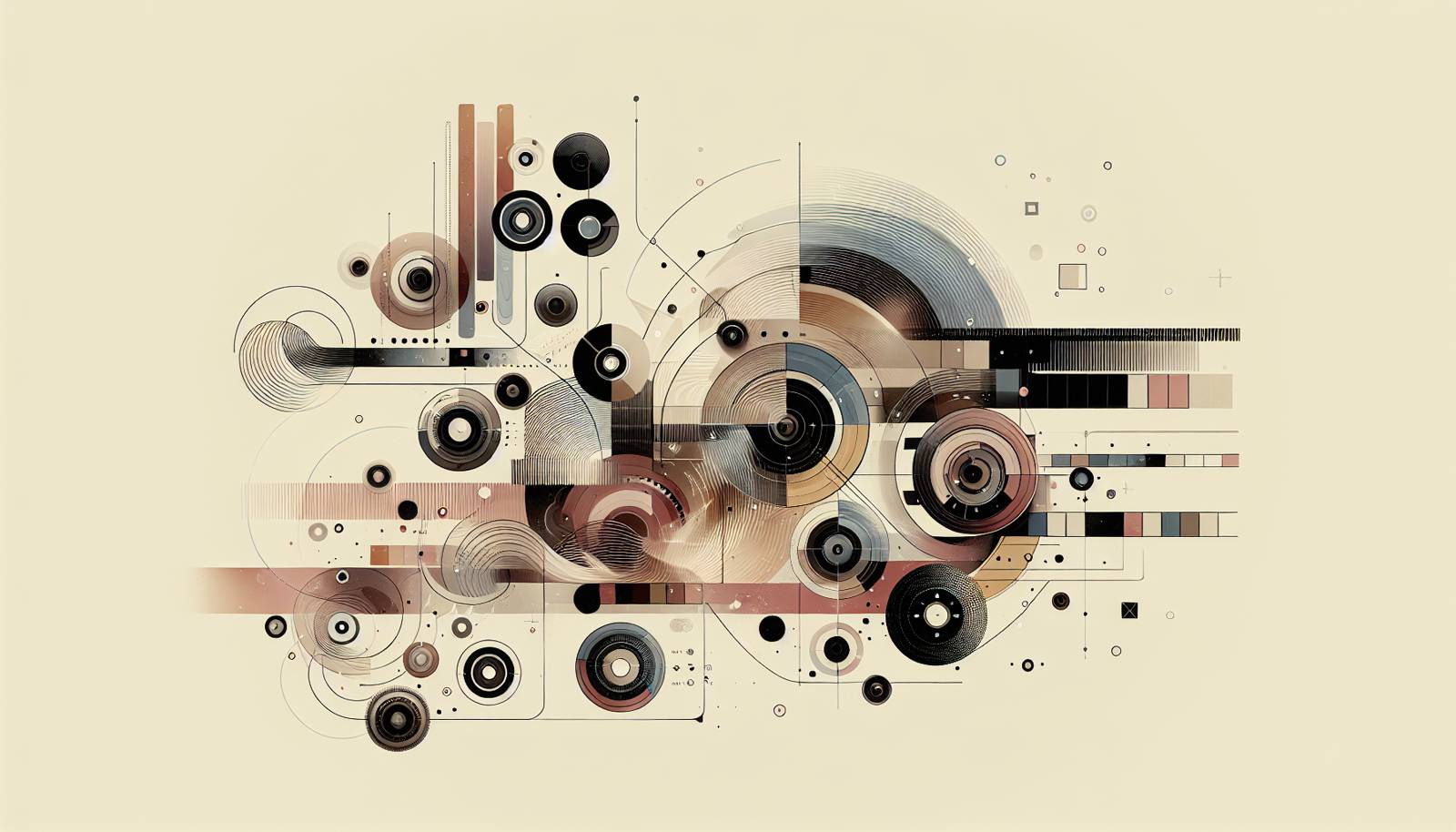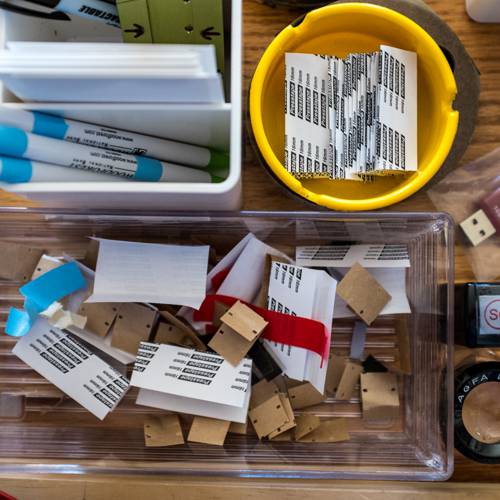
FAQ About The Role of Film Editing in Narrative Storytelling

What is film editing in the context of narrative storytelling?
Film editing is the process of selecting and combining shots into sequences to create a finished motion picture. In narrative storytelling, editing plays a crucial role by structuring the story's flow, enhancing emotional impact, and ensuring cohesiveness. It involves trimming down raw footage, choosing the best takes, and establishing the pace at which the story unfolds to maintain audience engagement.

How does film editing affect the pacing of a movie?
Film editing directly influences the pacing of a movie by determining the length of scenes and sequences. Quick cuts can create a sense of urgency and fast-paced action, while longer takes may slow the pace, allowing the audience to absorb details and emotions. Editors use pacing to manipulate tension, build anticipation, and guide the audience's emotional responses through the narrative.

What are some common film editing techniques used in storytelling?
Common film editing techniques include: Continuity Editing - Ensures that scenes flow smoothly, maintaining narrative consistency.
Cross-cutting - Alternates between different scenes or storylines happening simultaneously, building tension or showing connections.
Jump Cuts - Creates a jarring effect by suddenly jumping forward in time, conveying disjointedness.
Montage - Combines a series of short clips to compress time or convey complex information quickly.

How do editors decide which shots to use in a film?
Editors collaborate closely with the director and cinematographer to select shots that best convey the story, maintain continuity, and reflect the director's vision. They consider factors like shot composition, performance quality, narrative significance, and technical quality. The ultimate goal is to craft a cohesive narrative that resonates with viewers.

What is the importance of continuity editing in narrative films?
Continuity editing is essential to ensuring that the narrative appears seamless and coherent to the audience. By maintaining consistent spatial and temporal relations, continuity editing helps the audience understand the sequence of events and follow the story without confusion. It enhances the believability of the film world and keeps the viewer immersed in the story.

Can editing change the genre of a film?
Yes, editing can significantly affect the genre perception of a film. The choice of how scenes are cut, the transitions used, and the pacing contribute to a film's tone and mood. For instance, rapid editing and suspenseful music might lend a thriller-like quality to the film, whereas softer transitions and slower pacing could evoke a dramatic or romantic atmosphere.

How does cross-cutting enhance storytelling in films?
Cross-cutting enhances storytelling by allowing simultaneous storylines to unfold, building tension and drawing parallels between multiple plot points. This technique can create suspense by juxtaposing two or more events that will eventually intersect or impact each other. It keeps the audience engaged as they anticipate the convergence of events, adding depth to the narrative.

Is there a difference between a film editor and a director?
Yes, there is a distinct difference between a film editor and a director. The director is responsible for overseeing the artistic and dramatic aspects of the film, guiding the cast and crew to fulfill their creative vision. In contrast, the editor works primarily in post-production, taking raw footage and collaborating with the director to assemble the finished product. Editors focus on technical and narrative cohesion, shaping the story through precise shot selection and arrangement.

What role does music play in film editing and storytelling?
Music plays a critical role in film editing and storytelling by complementing the visuals and reinforcing the narrative's emotional tone. Editors often synchronize edits to the rhythm of the music, using it to heighten tension, convey mood shifts, and guide audience emotions. A well-chosen score can elevate storytelling by adding layers of meaning and enhancing the overall cinematic experience.

How do editors use jump cuts in storytelling?
Jump cuts are used to create an abrupt transition between moments in time, often within the same scene. This technique can break continuity to convey a sense of time passing quickly or to depict disorientation and frenetic energy. Filmmakers use jump cuts to reflect a character's psychological state, hasten storytelling, or highlight specific details and actions without maintaining uninterrupted flow.

Why are montages used in films?
Montages are used to compress time, convey a vast amount of information quickly, or depict the progression of events in a short period. They are often employed to show a character's development, a sequence of related activities, or to build a narrative arc without unnecessary detail. Montages can pack emotional impact and efficiently summarize lengthy processes into consumable visual narratives.

What is the purpose of transitions in film editing?
Transitions are used to connect separate shots and sequences, aiding in the flow of the story and signaling changes in time or location. Common transitions like fades, dissolves, and wipes can suggest passage of time, shift focus, or create thematic connections between scenes. Effective transitions contribute to narrative cohesion and maintain viewer engagement throughout the film.

How does editing contribute to character development in movies?
Editing contributes to character development by choosing how much screen time characters are given, emphasizing reactions or specific actions, and determining the timing of character arcs. Through editing, audiences can gain insights into a character's thoughts and motivations by focusing on expressive looks or pivotal events. Proper pacing and shot selection can deepen the audience's understanding of and emotional connection to characters.

What is the impact of digital editing on film narratives?
Digital editing has revolutionized film narratives by providing editors with more flexibility and precision in crafting stories. It allows for non-destructive edits, easier manipulation of images, and integration of special effects with greater ease. Digital tools enable editors to experiment with narrative structure and pacing without the limitations of traditional film editing, enriching storytelling possibilities.

How do editors maintain the narrative structure while editing?
Editors maintain narrative structure by ensuring that the sequence of events is logical and coherent, respecting the established plot and character arcs. They adhere to the screenplay and director's vision while adapting to the visual and narrative language of cinema. Through careful selection and arrangement of scenes, editors reinforce the thematic elements and ensure a satisfying narrative progression for viewers.

What is the golden rule of editing for storytelling purposes?
The golden rule of editing for storytelling is "serve the story." Every editorial decision should enhance clarity, emotional impact, and narrative flow. Editors aim to invisibly guide the audience through the film, maintaining rhythm and coherence while cutting unnecessary material. The focus is on ensuring the story unfolds in a compelling, understandable manner that resonates with the viewer.

How have editing styles changed over time in narrative films?
Editing styles have evolved significantly, from early films with static shots and simple cuts to modern productions utilizing rapid cuts, digital effects, and complex narrative structures. Innovations like non-linear storytelling and experimental editing techniques have challenged traditional narrative forms. Changes in technology and audience expectations have pushed editors to explore new ways to enhance storytelling, increasing the diversity and complexity of film narratives.

How does the editor's style influence a film's overall aesthetic?
An editor's style significantly influences a film's aesthetic by determining the rhythm and visual presentation of the story. Through specific choices in pacing, transition techniques, and shot selection, editors can create a unique visual and emotional experience that aligns with or contrasts the director's vision. An editor's personal style may lend the film its distinctive feel, contributing to its identity and impact.

What challenges do film editors face when crafting a narrative?
Film editors face numerous challenges such as condensing extensive footage into a coherent narrative, maintaining consistency and continuity, and balancing artistic expression with commercial constraints. They must adeptly interpret the director's vision while navigating technical limitations and unforeseen issues like problematic performances or shots. Editors work to achieve a seamless narrative that satisfies both creative and practical objectives.

Can film editing create emotional responses in the audience?
Yes, film editing can create strong emotional responses by controlling the timing, pace, and sequencing of scenes. Editing choices can heighten suspense, evoke empathy, induce surprise, or generate tension, manipulating how viewers experience the story. Through deliberate pacing, juxtaposition of images, and synchronizing music and visuals, editors can profoundly impact audience emotions and engagement.
